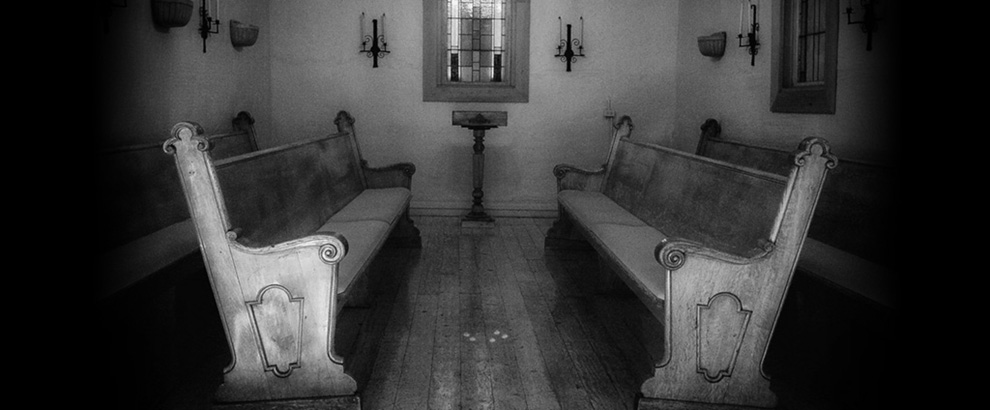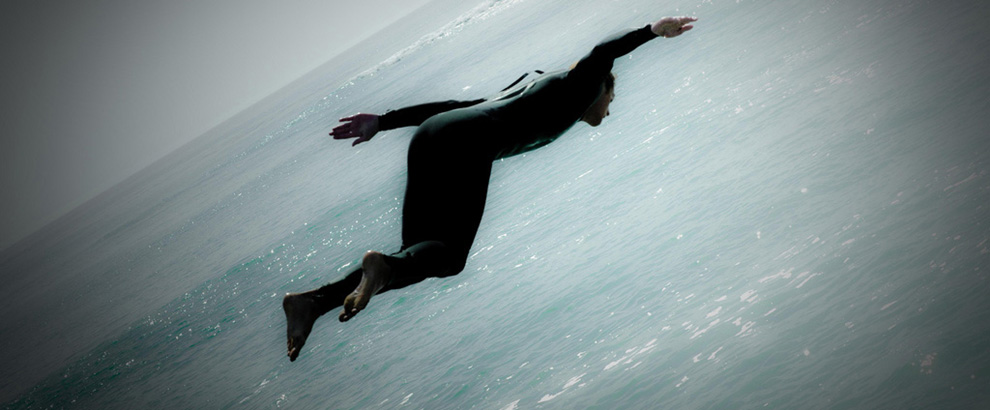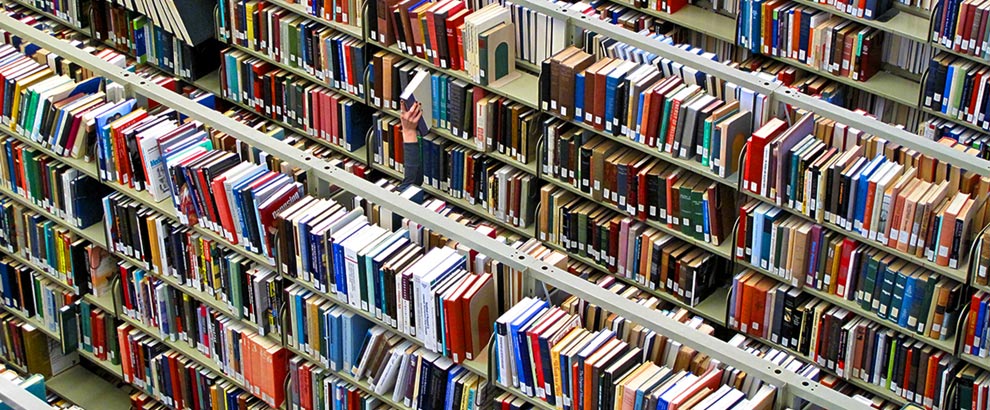
One of the great temptations in this Age of Vitriol is to grow so weary and exasperated that we seek release, turning willfully away from the darkness, covering our eyes and ears to all that we fear is gaining an upper hand every time we dare tune into the State of the World.
“Can we talk about…politics for just a minute?” is a common refrain across dinner tables and Happy Hours, rendered tenuously, though with an underlying urgency, as we seek to balance the competing needs for engagement and retreat from the ever-present, often oppressive affairs of the day.
The dilemma: We can’t bear to look, and we can’t afford to look away.
What should be, what could be, what might still be, what is.
Along that continuum, we seek our daily comfort, our solace, our need for joy and play, balanced against our responsibility to do what we can to help lighten the wearying weight of the world.
“Beauty is truth, and truth beauty,” wrote John Keats in “Ode to a Grecian Urn” in 1819, countering the notion that the aesthetic domain is somehow frivolous and of no help to the affairs of the day.
Profound works of art make Keats’s thesis come alive, embodying loveliness and transcendence and emotional truth that move the world. Such works inform and provoke and lift the spirit, standing on their own legs as sources of inspiration both timeless and wholly relevant to their time.
And so it is that we come to Matthew Richardson’s gay “Hallelujah” Dance.
***

***
There are many things to admire about this five-and-a-half minute dance film, rendered with all the artistry and loving attention of a full-length feature. (Feel free now to scroll down and watch the video before returning, or stay and pick it up afterwards.)
The official subtitle, “Gay Love, Hate & Religion,” is overstated to the degree that “hate” occupies but a trifling few seconds of the work, while love, the purported underpinning of all religion, dominates all the rest.
The setting is a classically beautiful Catholic church in Montreal: the Church of St. Pierre Apôtre (St. Peter the Apostle). A scantily clad and muscular young man (Richardson, a former Cirque du Soleil performer) is poised at the center aisle, beholding the stained glass, the hovering, somber statues, the beckoning, beatific altar where we see almost a mirror image of him, slightly blurred, awaiting.
A statue shot of the fallen Christ, his head cradled by the Virgin Mary, is the very portrait of suffering, compassion and love, its beauty intruded upon by three fast-moving video scenes of contemporary street brawls and images of offensive hate signs in front of church buildings.
That’s about it for the hate, though, as our young man keeps walking solemnly forward, as one does in a house of worship. Just past the crucified Christ, one more video flicker of a street fracas precedes the completion of his poised and peaceful walk up the aisle.
This is his church, a place of beauty and repose, where he belongs.
Accompanying him: Leonard Cohen’s epic “Hallelujah,” performed by Jeff Buckley.
Richardson, like all gays, could have been forgiven for engaging in the religion-bashing that serves as a kind of currency in much of the secular world. Religion certainly provides an abundance of inviting targets.

But this is not a work that points an aggressive finger at the failure of organized religion—and the humans who comprise it—to live up to its ideals. That failure is a given, it being a human enterprise. The truth of that failure is, after all, at the very heart of the crucified Christ. And of Matthew Shepard, savagely beaten and hung from a barbed wire fence on a cold Wyoming night in 1998.
And of so many others, over so many millennia.
It is the story of all those oppressed and dehumanized, all those not cleaving to certain virulently enforced norms, all over the world. The oppressors, with literally the power of life and death in their hands, come from all walks and stations in life, including organized religion.
But Richardson is after a far deeper statement here than scorning the church’s hypocrisy.
Slowly approaching his friend (Arthur Morel Van Hyfte) toward a kind of sacred tryst, he has an answer for all the savagery, for the failure of people and institutions, churches and governments, families and communities, to protect the vulnerable and accept the different.
That answer is in the beauty and necessity of love and kindness, openness and compassion, writ large on this stage that he sanctifies with the beauty of his and his partner’s bodies and their expressive motion.
He is, in a quite literal and exemplary sense, embodying the church’s true ideal, its essence, its lofty goal of serving as a beloved community, with open arms, embracing all who come to it in a spirit of love.
He and his partner will express all this in every movement and note of their dance, rejecting the very hate that those “who know not what they do” attempt to foist upon them, not letting it deter their journey to this altar, where beauty awaits and abides.
Simple, right?
***
***
One of the many Interesting features of this work is that it takes place in a Catholic church at all. Famously and officially anti-gay, how is it that a church would consent to two gay men engaging in a highly intimate dance that has “queer” in its very title?
The answer is that not all churches—even Catholic churches—practice oppressive, exclusionary religion. Too many still do, but in the past half-century or so, the forces of tolerance have made huge inroads across most all religious denominations the world over. This fact is often overlooked amidst the bellicosity of some, which makes for more dramatic headlines and blood-quickening click-bait on social media.
Pope Francis himself bestrides a church riven by competing forces of progressivism and traditionalism, engaged in a kind of holy combat in which he tries to goad and shake it into the 21st century without dismissing its core values but instead, urging it to finally live them.
Where else do we see those forces squaring off? Oh yes: everywhere, through all times…
Richardson shies from none of it here, showing us the hate and heartbreak, the dejection and resolve, the literal leaning on each other, the resting into love, the devotion to the dance—the dance of life, the dance of tenacity and endurance and determination, of reaching out and up—to the heavens, to the ground we stand and move on, and finally, most importantly, to each other.
And to all those who would oppress him still, this dance of devotion, showing the ferocity and strength in gentleness, stands as the most potent possible rebuke.
All of it powered by the seemingly superhuman strength required not only to assume these positions supporting the outstretched, extended bodyweight of the dancers, but more importantly, the power to have endured millennia of oppression and still make a statement bathed in love.
“It’s a cold and broken hallelujah,” the song lyrics tell us. And thus it will always be.
We should note, however, that “hallelujah” has the last word.
***
Richardson has made his living for many years as a graphic designer in his native Georgia. Along the way, he spent three years dazzling audiences with Cirque du Soleil before coming to the attention of an even larger audience in the maw of network television…
***
Check out this blog’s public page on Facebook for 1-minute snippets of wisdom and other musings from the world’s great thinkers and artists, accompanied by lovely photography.
http://www.facebook.com/andrew.hidas/
Deep appreciation to the photographers! Unless otherwise stated, some rights reserved under Creative Commons licensing.
Elizabeth Haslam, whose photos (except for the books) grace the rotating banner at top of page.
https://www.flickr.com/photos/lizhaslam/
Library books photo by Larry Rose, all rights reserved, contact: larry@rosefoto.com
Flame by Jack Catalano, San Luis Obispo, California https://unsplash.com/@jrcatalano
Rainbow heart by Sharon McCutcheon, Lake Wales, Florida https://unsplash.com/@sharonmccutcheon
Dance rehearsal from Matthew Richardson Facebook page: https://www.facebook.com/circusspinner/photos















How much news does one watch before depression sets in? I’m afraid not much. That’s a constant issue plaguing Claire and I, but, as you wrote, we can’t really afford to ignore it, either. It’s not surprising that so many have found a home in the “ignorance is bliss” sanctuary.
The integration of gay dance and “Hallelujah” in front of the solemn altar in the French-Canadian Catholic Church of St. Pierre Apôtre is both beautiful and relevant. After all, despite President Biden’s stance on abortion and L.G.B.T.Q. rights, Pope Francis called him a “good Catholic” and said he should continue taking Communion, much to the chagrin of a number of U.S. bishops, who vehemently believe that any politician supporting these “ungodly” positions should not receive the sacrament.
Thank you for yet another thought-provoking and apropos blog, especially on this of trick-or-treat Sunday. Remember tomorrow is All Saints Day or, in the eyes of many children, Día de la Resaca (hangover) de Chocolate.
I feel your & Claire’s pain, Robert! I was just reminded of a Thomas Merton book from long ago: “Contemplation in a World of Action.” Pretty sure it’s still on my shelf; I should pull it down & take a peek. I’ve had more than one reader tell me after setting aside a political/cultural post: “I like you better when you write about music and fun stuff.” Then others who ask why I don’t write more about global warming…
Push-pull is the name of the game for anyone paying attention, I think, though paying attention still doesn’t resolve the tension! Also: thanks for adding to my Spanish vocabulary!
Thank you, Andrew – for the beautiful dance and for the powerful, insightful description of it in your closing paragraphs.
My privilege, David; thanks for writing.
I returned to my long-neglected blog to find a respite from Facebook and Twitter and the noisy parts of the internet, to see if anyone was still blogging. This post, this video, the grace in this performance are giving me a much-needed respite from the gongs and clanging cymbals.
Always glad to help readers avoid, at least for a time, the “gongs and clanging cymbals” of THAT OTHER WORLD, Harry. It’s how we help each other through!
Well Andrew, this beautiful dance has transported me back to an earlier time in my life – to Pittsburgh, St. Margaret’s grade school, Bishop Canevin High School, and a time when my childhood friend Albert suffered so from coming out as a gay man to his parents. There was so much disapproval in that religious environment. I’ve lost touch with Albert over the years and think of him often. If he is still alive, I hope he has an opportunity to see this, so lovingly performed in a Catholic sanctuary. Thanks for sharing and for your thoughtful commentary. So uplifting!
So good to her from you, Linda. It’s heartbreaking to think of how many Alberts there have been and still are in this world. He had to have been supremely courageous to come out at that time, in a Catholic school, no less. I hope he has fared well with all that has transpired since in gay rights and identity.
Just one result of all the oppression of those times, which hasn’t abated in the church all that much since, are all the guilt-ridden gay priests and heteros unsuited to celibacy who became all twisted up rather than develop healthy sexuality. Then all the abuse, followed by the institutional cover-ups; it’s an appalling history. I used to think the Catholic Church could not possibly survive, but the fact that it does says something huge and complex about human need, one I had better not try to address in this or any other Comments section!